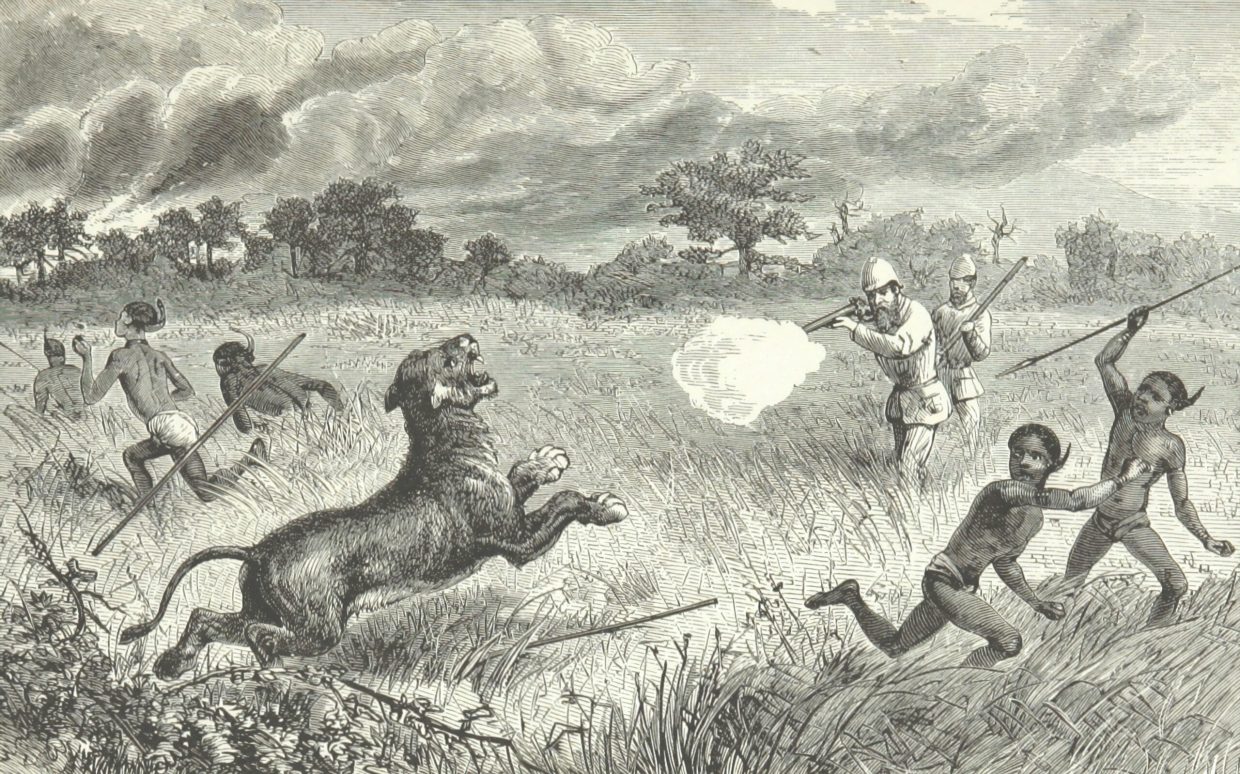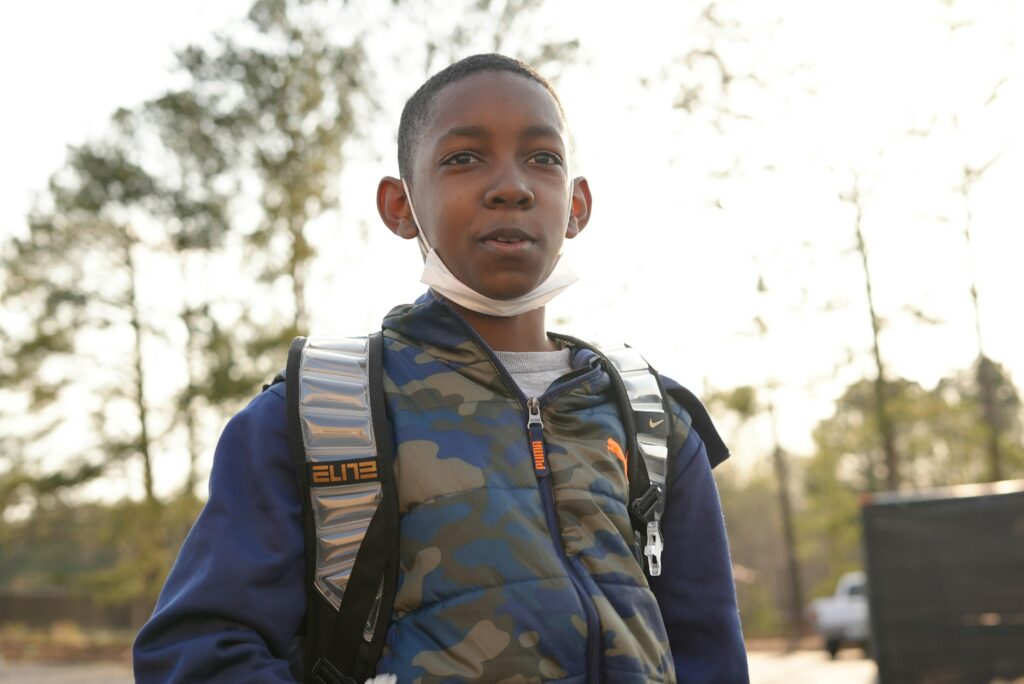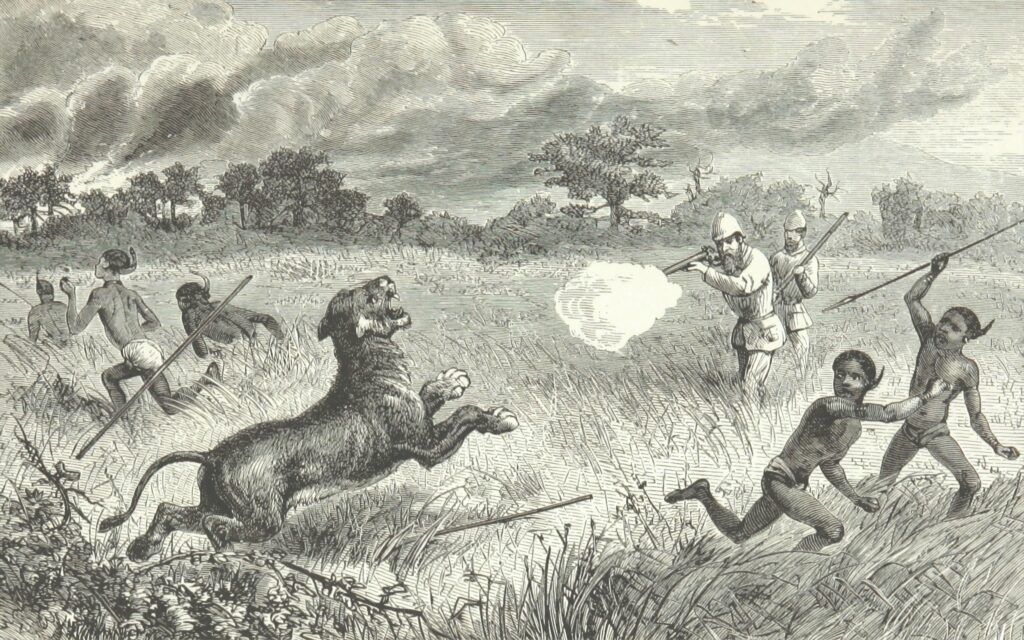The Battle of the Bulge stands as one of the most pivotal and intense confrontations of World War II, marking Germany’s last major offensive on the Western Front. Launched in December 1944, this surprise attack aimed to split the Allied forces and turn the tide of the war back in Germany’s favor. In this article, we’ll explore the strategic intentions behind the offensive, the fierce fighting that ensued amid harsh winter conditions, and the lasting impact this battle had on the eventual Allied victory. Whether you’re a history enthusiast or simply curious about World War II’s critical moments, join us as we delve into the complexities and significance of the Battle of the Bulge.
Table of Contents
- Origins and Strategic Motivations Behind Germany’s Last Major Offensive
- Tactical Innovations and Challenges Faced During the Ardennes Counterattack
- Impact on Allied Forces and Shifts in World War II Momentum
- Lessons Learned and Military Strategies Derived from the Battle of the Bulge
- The Way Forward
Origins and Strategic Motivations Behind Germany’s Last Major Offensive
By late 1944, the tide of World War II had turned decisively against Germany. As Soviet forces pressed in from the east and the Allies advanced through France and Belgium, German high command sought a bold, last-ditch effort to reverse their fortunes. The goal was to launch a surprise counteroffensive that would fracture the Allied front lines in the densely forested Ardennes region, creating a strategic “bulge” in their defenses. This would allow German troops to penetrate deeply, capture the vital port of Antwerp, and thereby disrupt the flow of Allied supplies. Such a breakthrough was envisioned as a way to sow confusion, sever the connection between American and British forces, and ultimately force a negotiated peace on terms favorable to Germany.
Several critical factors fueled this decision. The German military was desperate to relieve pressure on the eastern front and regain initiative. Moreover, the offensive was designed to exploit perceived weaknesses in the Allied command’s preparedness during winter months, banking on surprise and the element of speed. Leaders like Adolf Hitler and Field Marshal Gerd von Rundstedt were convinced that a concentrated push could reenergize the faltering war effort. However, the plan carried immense risks:
- Limited Resources: Germany was facing shortages of men, tanks, and fuel, stretching their capacity to mount such an operation.
- Intelligence Failures: Underestimation of Allied defenses and overconfidence in stealth tactics proved problematic.
- Weather Dependence: The initial foggy winter conditions were essential for concealing movements but also risked hampering communication and coordination.
Despite these challenges, German command fast-tracked preparations, setting the stage for what would become the largest and bloodiest American battle of the war.
Tactical Innovations and Challenges Faced During the Ardennes Counterattack
In a desperate bid to reverse their fortunes in late 1944, German commanders devised a daring plan that hinged on speed, surprise, and concentrated force. They employed innovative infiltration tactics, using small, highly trained units equipped to move swiftly through dense Ardennes forests, bypassing strongpoints and disrupting enemy communications. The use of specialized armored units, including the feared Tiger tanks, complemented infantry advances, aiming to punch a narrow but deep wedge into Allied lines. In addition, deceptive measures such as disguised troops and forged documents were deployed to confuse and delay response. This blend of traditional Blitzkrieg elements with adaptive battlefield tactics allowed German forces to initially gain substantial ground, catching the Allies off guard during the bitter winter months.
Despite these tactical innovations, German forces grappled with several severe challenges that ultimately hampered their objectives. Harsh winter weather created logistical nightmares, immobilizing vehicles and cutting off supplies vital for sustained operations. Allied air superiority, although temporarily diminished by bad weather, soon reasserted dominance, relentlessly targeting German supply lines and reinforcements. The Ardennes’ difficult terrain also proved a double-edged sword; while it offered concealment, it severely limited maneuverability and imposed exhaustion on troops unprepared for prolonged combat in such conditions. Key challenges included:
- Extended supply lines that stretched thin as the offensive moved forward.
- Fuel shortages crippling the maneuverability of armored divisions.
- Communication breakdowns that impaired coordinated attacks and response times.
These factors collectively eroded the initial tactical advantages, leading to the eventual containment and repulsion of the offensive by Allied forces who quickly adapted and reinforced their positions.
Impact on Allied Forces and Shifts in World War II Momentum
The German surprise offensive during the Battle of the Bulge initially caught the Allied forces off guard, causing significant disruption across the Ardennes region. The dense forests and harsh winter conditions compounded the challenge, slowing down reinforcements and leading to heavy casualties, particularly among American divisions stationed in the front lines. However, the resilience and rapid mobilization of Allied troops turned the tide, eventually containing the German advance. This pivotal moment showcased the importance of intelligence and logistical support, as Allied forces adapted quickly to neutralize the element of surprise.
Strategically, the battle marked a decisive shift in the momentum of World War II in favor of the Allies. Key outcomes included:
- Depletion of German Resources: The offensive exhausted Germany’s already thin reserves of manpower and materiel, hindering their ability to defend against the imminent Allied invasion of Germany.
- Boost to Allied Morale: With the repelled offensive, Allied confidence soared, reinforcing the inevitability of victory in Europe.
- Acceleration of the Western Front Advance: Following the battle, Allied forces swiftly moved into German territory, capitalizing on the weakened Wehrmacht.
Lessons Learned and Military Strategies Derived from the Battle of the Bulge
The Battle of the Bulge offered critical insights into the importance of surprise and deception in military operations. German forces leveraged poor weather conditions and the element of surprise to penetrate deep into Allied lines, demonstrating how environmental factors can be exploited to achieve tactical advantages. This battle underscored the necessity of maintaining flexible and adaptive command structures, as delayed intelligence and underestimation of enemy capabilities almost transformed the course of the war. For modern military strategists, the engagements serve as a case study in balancing offensive audacity with logistical sustainability.
Several lasting military strategies emerged from this intense campaign:
- Resilience in defense: Holding critical key positions despite overwhelming pressure proved invaluable for stalling enemy advances.
- Improved reconnaissance: Timely and accurate intelligence gathering became a top priority following communication lapses during the offensive.
- Combined arms coordination: The integration of armor, infantry, artillery, and air support was refined to counter fast-moving offensives.
- Logistical preparedness: Sustaining supply lines under duress was recognized as essential to prolonged operational success.
These lessons have been incorporated into modern military doctrine, emphasizing that victory often hinges not just on raw power, but on adaptability, resourcefulness, and strategic foresight.
The Way Forward
As we reflect on the Battle of the Bulge, it’s clear this pivotal encounter marked not only Germany’s last major offensive in World War II but also a testament to the resilience and strategic acumen of the Allied forces. Despite the initial surprise and challenging conditions, the battle ultimately hastened the collapse of Nazi Germany, paving the way for the Allies’ final push into the heart of Europe. Understanding this brutal winter conflict offers us valuable insights into the complexities of warfare, leadership under pressure, and the profound costs of a world in conflict. Whether you’re a history enthusiast or a casual reader, the Battle of the Bulge remains a stark reminder of the high stakes and human endurance that defined the closing chapters of the Second World War.













